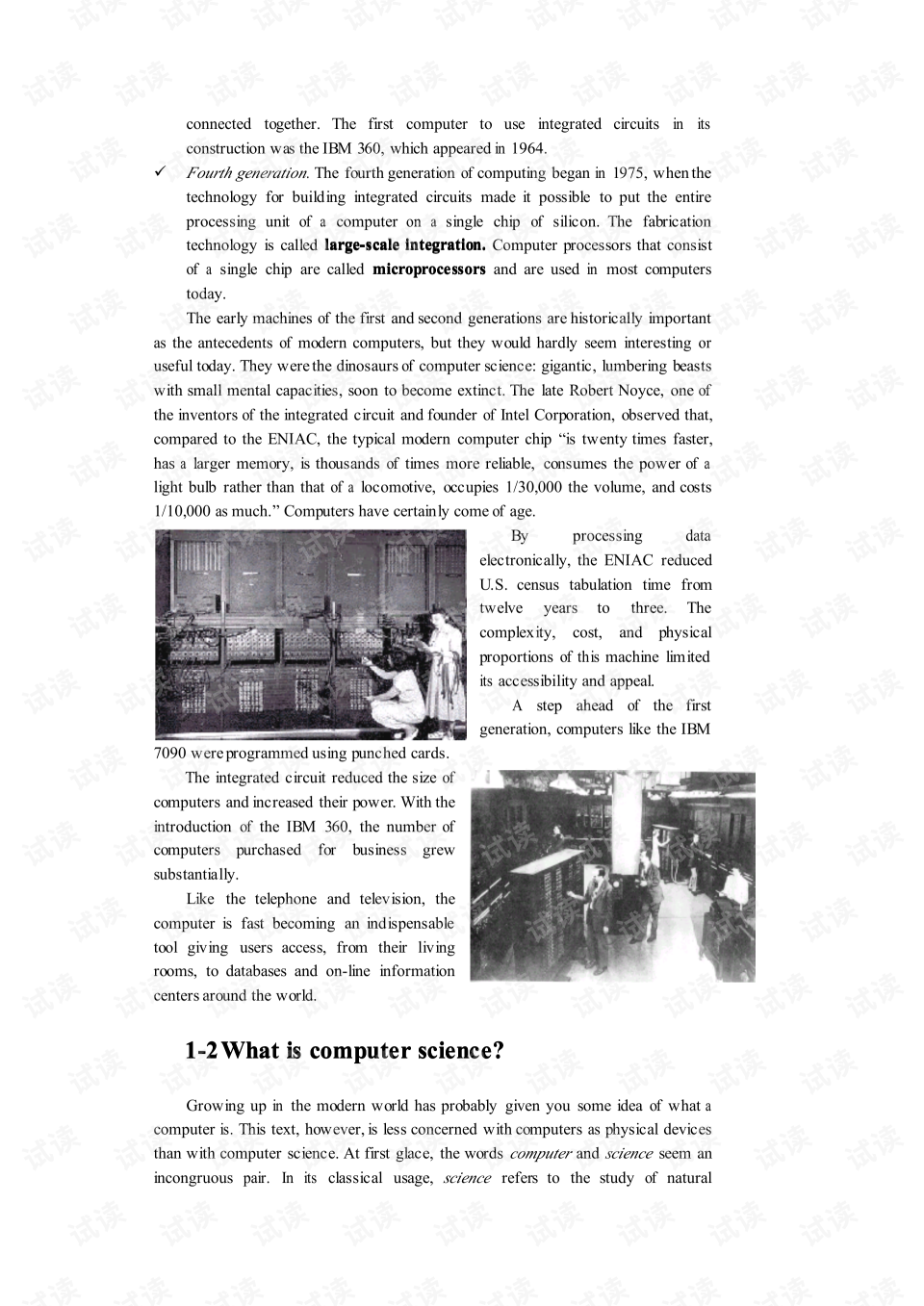Title: The Art and Science of Tailoring: A Comprehensive Guide to Sewing a Perfect Western Suit
Title: The Art and Science of Tailoring: A Comprehensive Guide to Sewing a Perfect Western SuitTailoring is an art that requires skill, patience, and attention to detail. Whether you want to sew your own Western suit or have one tailored for you, understanding the principles of tailoring is essential. This comprehensive guide covers everything from measuring yourself for a custom suit, choosing the right fabric, selecting the perfect fit, to sewing the various components of a Western suit. You'll learn how to create a classic fit, add details like lapels, buttons, and pockets, and even how to adjust the fit to your body type. With step-by-step instructions and illustrations, this guide will take you from novice to expert in no time. Whether you're creating a bespoke suit or simply looking to improve your sewing skills, The Art and Science of Tailoring is the ultimate resource for anyone interested in the timeless craft of tailoring.
Introduction
The art of tailoring has been an essential component of the fashion industry for centuries. At the heart of this craft lies the process of creating a perfect fit, which requires a deep understanding of fabric, cut, and style. One of the most iconic and versatile pieces of clothing that embodies this art is the Western suit. From its classic silhouette to its meticulous details, a well-made Western suit can make a lasting impression on anyone who wears it. In this article, we will delve into the intricacies of tailoring and explore how to create a bespoke suit that fits both comfortably and stylishly.
Chapter 1: Understanding the Basics

Before diving into the details of sewing a Western suit, it is essential to have a solid understanding of some fundamental concepts. These include:
1. Fabric Choices: There are many types of fabrics available for Western suits, each with its unique properties. Some popular choices include wool, silk, cotton, and linen. It is crucial to consider factors such as weight, texture, durability, and breathability when selecting fabric.
2. Cut Patterns: Western suit cuts typically feature a combination of single and double-breasted styles, with variations in waist style (narrow or wide). The most common patterns include the classic American cut, which features a straight front and side seams, and the European cut, which has a more relaxed fit and curved lines. Each pattern has its advantages and disadvantages, depending on personal preferences and body type.
3. Style Elements: Western suits come in various styles, including the classic business suit, the modern casual suit, and the formal evening attire. Each style has its own set of guidelines for accessories, footwear, and colors that should be used appropriately.
Chapter 2: Sewing the Front Panels
The front panels of a Western suit are the most visible part of the garment and play a critical role in shaping the overall look and fit. To sew these panels correctly, follow these steps:

1. Prepare the Fabric: Cut two equal lengths of fabric according to your desired size and select a color that complements your skin tone and style preference. Make sure the fabric is clean and free from wrinkles.
2. Join the Lining and Front Fabrics: Fold one edge of each piece of fabric inward by about 2 inches and pin them together at the join line. Then, machine stitch along the entire length of the join line.
3. Sew the Side Seams: Open up one side of each piece of fabric, exposing the lining. Pin the lining to the wrong side of the outer fabric, making sure to align the edges properly. Use a straight stitch to sew around three quarters of the way down the length of both sides, leaving enough space for turning later. Clip the excess fabric off the stitches and turn both pieces right sides out.
4. Finish the Seams: Turn back one side of each piece of fabric to expose the newly sewn seam. Use a flat foot iron to press the seam open and flat before trimming any excess fabric with scissors.
Chapter 3: Sewing the Sleeves
Sleeve construction is an essential aspect of Western suit tailoring as it affects arm mobility and comfort. To sew sleeves correctly, follow these steps:

1. Prepare the Fabric: Cut two pieces of fabric according to your desired sleeve length and width. Select a sleeve head that matches your preferred style (notched or notched with ribbing) and ensure there is enough overlap at the cuff to allow for proper fitting adjustments.
2. Sew the Sleeve Heads Together: Lay one piece of fabric with its right side facing up on top of another piece with its wrong side facing up. Pin along the short edge and machinestitch together using a straight stitch. Leave about half an inch between each side seam to allow for turning later. Trim any excess fabric from the stitches with scissors before turning right side out.
3. Add Sleeve Lining: Cut two pieces of cloth to match the desired sleeve length and width. Place one piece inside each sleeve head, making sure to align edges properly. Pin in place and machinestitch together using a straight stitch along one long edge. Leave about half an inch unstitched on each side before turning right side out. Trim any excess fabric from the stitches before pressing flat and applying steam to aid in shaping the sleeve.
Chapter 4: Sewing the Body Panels
Body panels are responsible for shaping
Articles related to the knowledge points of this article:
Canada Goose Jackets: Authentic Prices and More
Title: The Magnificence of Luxury Ties: An Exquisite Exploration of the Worlds Finest Ties
Title: The Evolution of Mens Tie Styles: A Comprehensive Guide
Title: Mastering the Art of Tie Tying: A Quick Guide to Tie Knots
Title: How Long Should a Tie Be? The Ultimate Guide to Tie Lengths



